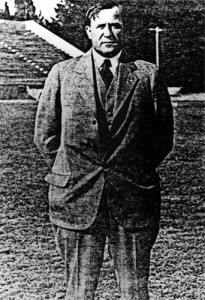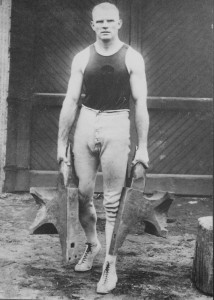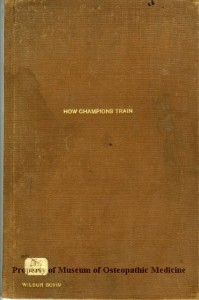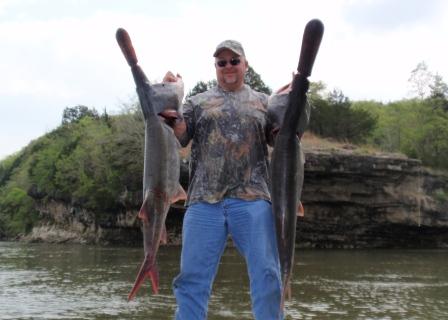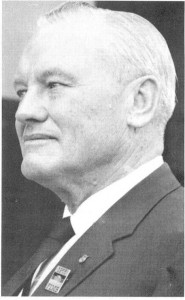The One Best Exercise
by Thom Van Vleck
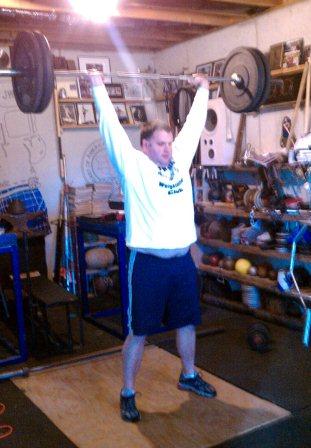
My brother Tedd is a Clean and Press man. It goes to show that different exercises work best for different lifters.
I was out throwing with Bill Leffler the other day. We were talking training and some of our frustrations. Between us, we have about 75 years of lifting and throwing experience and the topic became “The One Best Exercise”.
I recall many years ago in an old Ironman there was a question posed to several top lifters and trainers: “If you could do only one exercise, what would it be”? The answers centered around two lifts. The squat and the Clean & Press. Debates and arguments were presented. It kind of reminded me of a recent thread on the USAWA forum centered around Al Myers’ article on the Deadlift.
The reality is that there are exercises that are better than others, but all exercises have some merit, and it all depends on what you want and how you use it to get what you want.
1. Does the exercise work the most muscles in the body? The Clean & Press certainly does that, but the Squat and Deadlift certainly work the biggest muscles in the body the hardest. If that were the only criteria for the One Best Exercise, that would probably be the end of it…but that is not the only criteria. I would argue it’s not even the best way to chose the One Best Exercise.
2. Does the exercise create the adaptation that you desire? We all lift for different reasons. I lift mainly to improve my throwing for Scottish Highland Games. Does the lift fulfill that need? Do you grind out reps, or do you explode through them?
3. Any exercise done for too long will become more and more dangerous and less and less effective. You get stale, you get lazy on your technique, and eventually the boredom, lack of focus, repetition on the body will lead to injury. Your body is always fighting against you because it is trying to protect itself and when it knows what is coming, it will resist damaging itself.
4. Do you perform the Deadlift in a way that creates the muscle adaptation you desire? The JWC has a member that has done a 4 times bodyweight deadlift. He can’t clear 8 ft with the 56lb Weight in the Weight Over Bar event. Al is a great deadlifter and when he was deadlifting 700 plus he could clear nearly 16ft!!! The JWC member is very much a specialist and he’s very happy with the adaptation he has created. Al trains for different reasons and his lifting has adapted to that.
So, my opinion is the “ONE BEST EXERCISE” changes over time and it depends on how you perform the exercise. You have to find what works for you, and you must think outside the box from time to time. I was stuck at 360 on my Bench Press for a year and made a point to specialize on my Bench for a year and managed only 365! I used the best routines I could find. So, out of desperation, I started doing 10 sets of 10 reps. I started with 185lbs and kept adding 10lbs a week until I finally got 300lbs for 10 sets of 10. After only 12 weeks I then maxed out and hit 400! A 35lb jump! I have theories on why this worked but my point is that it was unorthodox and I don’t know if I even recommend it! So, don’t get too hung up on finding that “magic” exercise because it’s kind of like the old saying “Just when I figured it out, they changed the rules”. Just when you find that “One Best Exercise” your body adapts and its time to shake things up and keep an open mind. As for me….I’m doing deadlifts and squats right now, but not forever!
